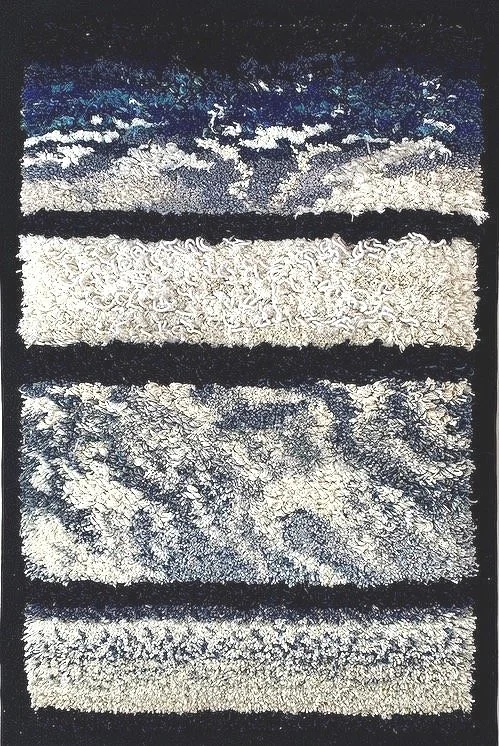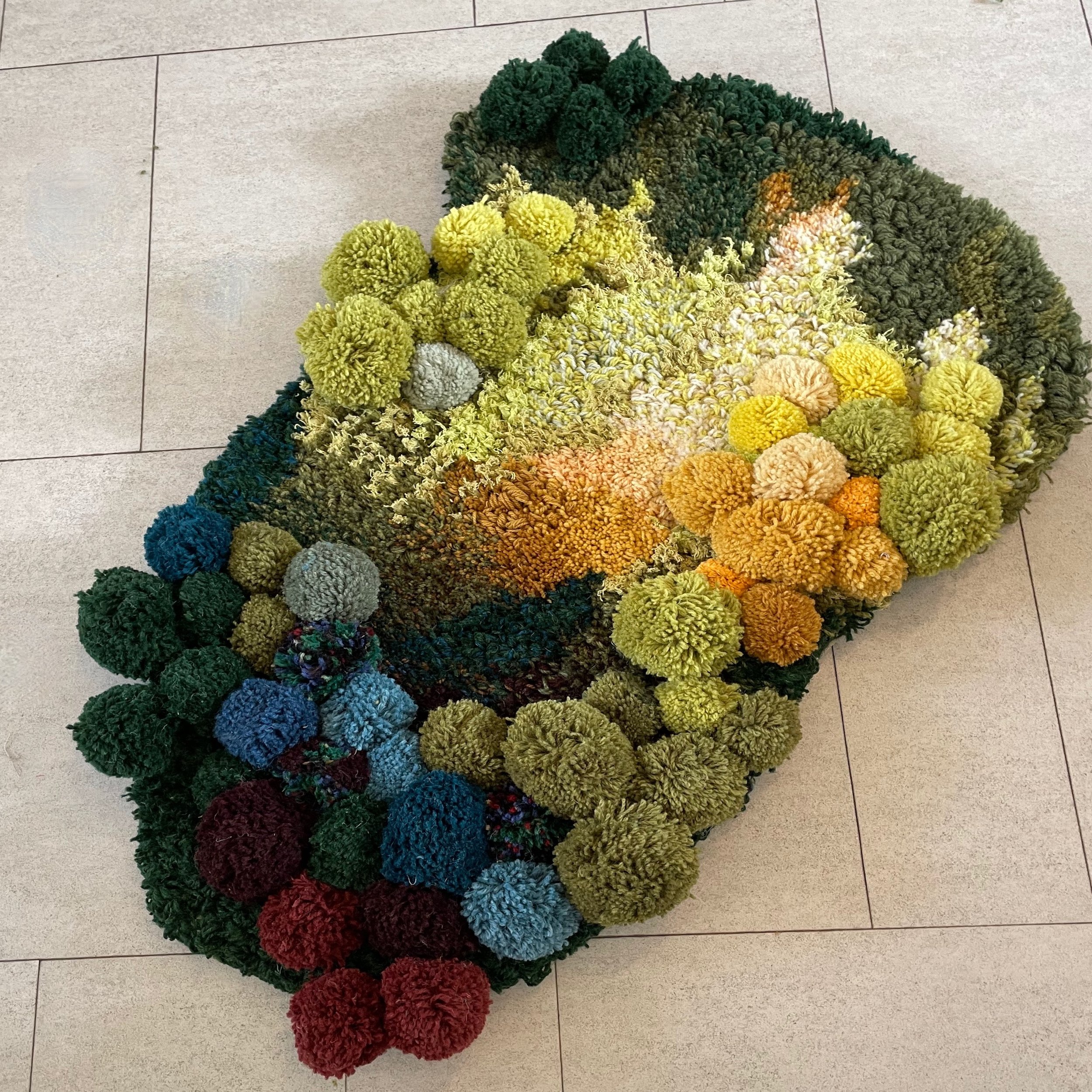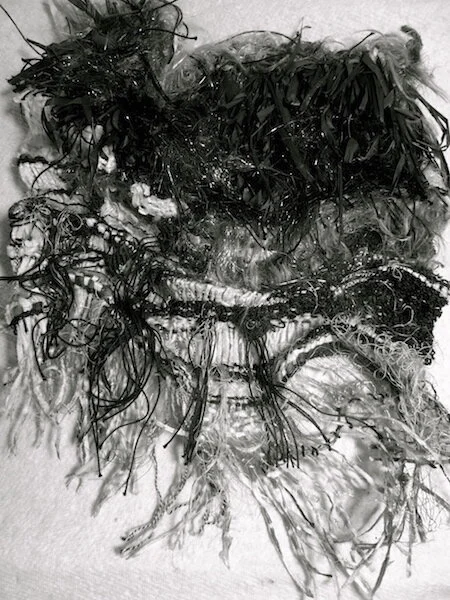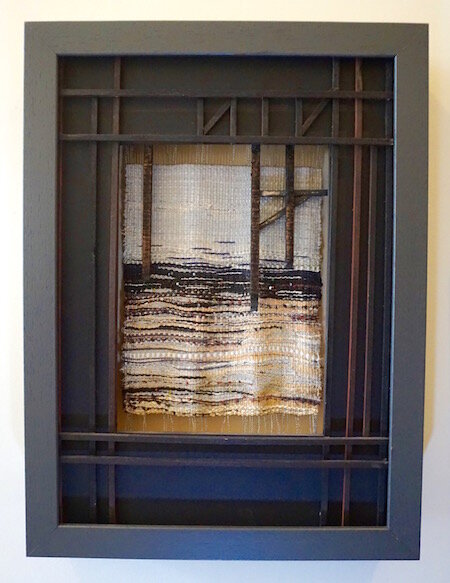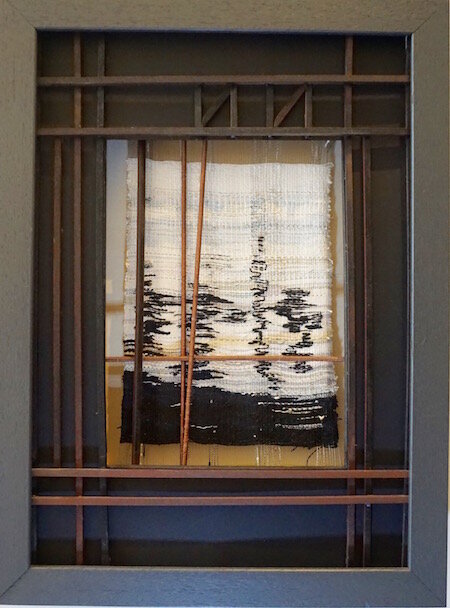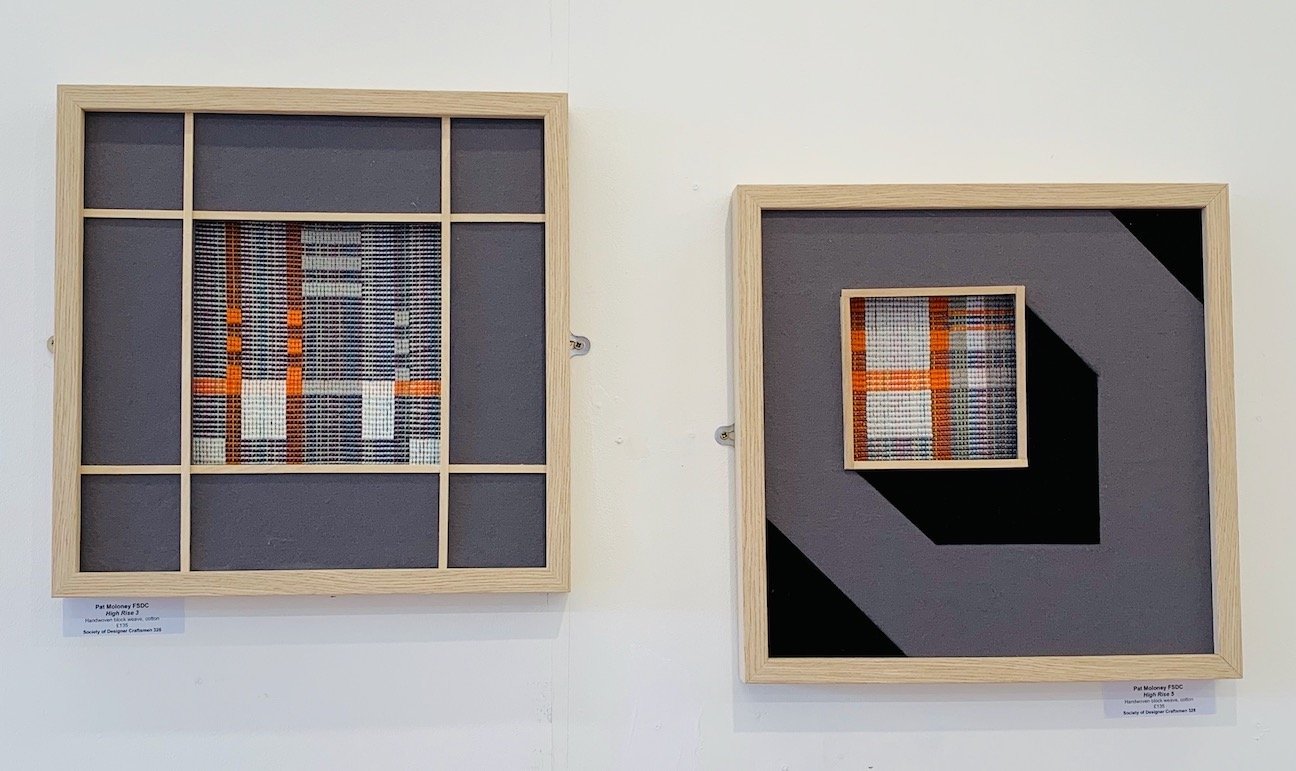Pat Moloney is Textile Artist with a background in Education and Design. She lives and works in West London.
Inspired by the inherent tactile and sensory qualities of both structured and woven textiles, my ideas are a response to the natural and manmade world. I am expert in observation, fascinated by minute details and textures. I look and record how light can change what the eye perceives not only in nature but in the wider landscape. I enjoy using a wide range of techniques, exploring the potential of different and new materials, and returning to old favourites. I strive to create work that engages the eye and the mind to communicate within the visual language of textiles, a more sensory experience.








